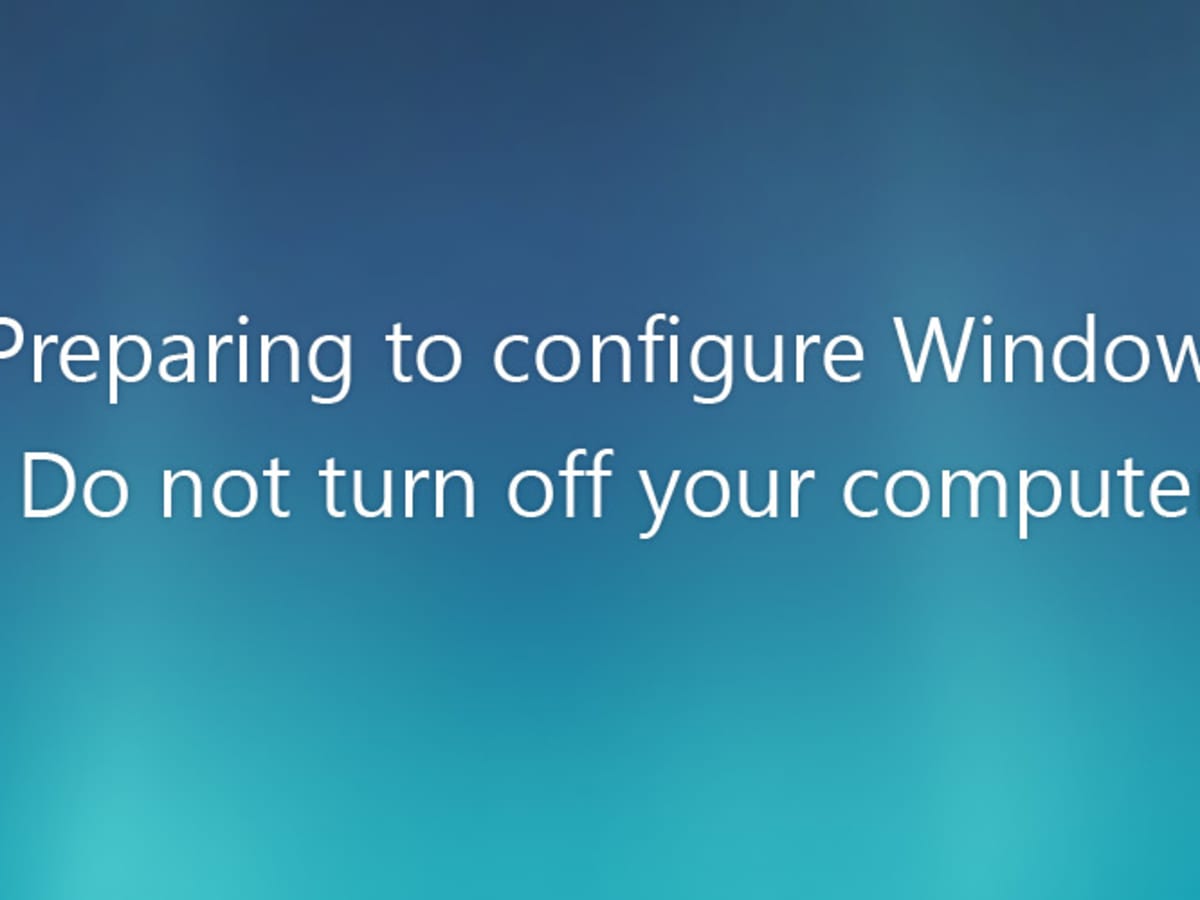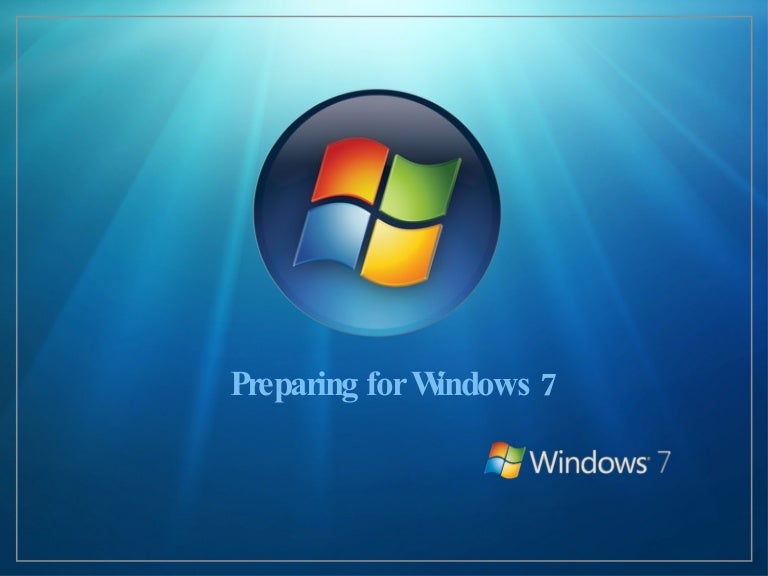

It might be supported, but at this stage it could give you more troubles that it's worth and leave you with an unworkable system and a lot recovery road ahead of you.
I would recommend that you don't try installing the Consumer Preview over the top of a Windows 7 installation. 
Older IDE hard drives will work, but system performance might take a hit (assuming that the Consumer Preview works the system just as hard).
The Windows 8 Developer Preview seemed to work the hard drive much harder than I'd seen previous operating systems do, so I'd recommend that you have a reasonably fast SATA drive installed. While you might be able to get Windows 8 loaded onto a notebook, netbook, ultrabook, tablet or whatever, problem getting a single driver installed could sink your plans to test Windows 8. Your primary test platform should be a desktop, because these systems are likely to have the most generic of drivers. Don't go installing the Windows 8 Consumer Preview onto a mission-critical system (or at least if you do that, don't come crying to me if something breaks!). 16 GB HDD free space for 32-bit, 20GB HDD free space for 64-bitĪlso, a few points about installing Windows 8:. DirectX 9 graphics device with WDDM 1.0 or higher driver. 1GB RAM for 32-bit OS, 2GB RAM for 64-bit OS.






 0 kommentar(er)
0 kommentar(er)
